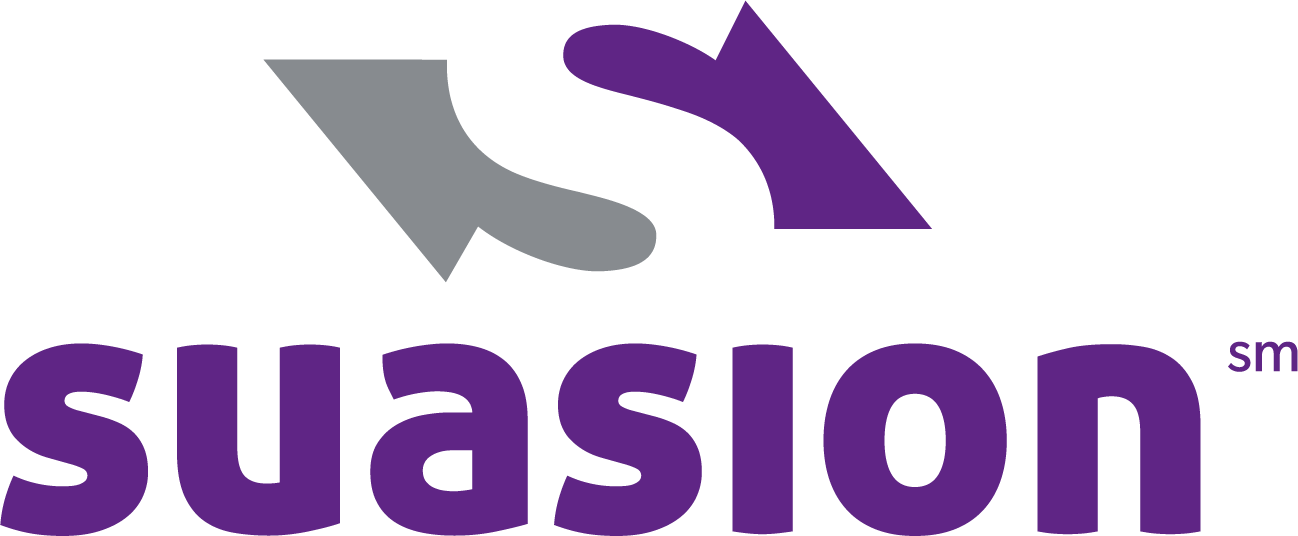 You’ve just decided to hold an event and your mind becomes flooded with the countless to dos to make the event happen. You’re wondering where to begin and what to do next. When planning events that are open to the public, make sure that your organization’s events are accessible for everyone including people with disabilities.
You’ve just decided to hold an event and your mind becomes flooded with the countless to dos to make the event happen. You’re wondering where to begin and what to do next. When planning events that are open to the public, make sure that your organization’s events are accessible for everyone including people with disabilities.
It is estimated that 56 million people have some type of disability. There are no limits on human variation and one size never fits all. You will want to make sure everyone can participate in the event. Thoughtful planning will minimize surprises and allow you to respond to requests efficiently.
Here are a few key ideas to aid in your event planning:
Site Selection
Be thoughtful to “barrier bust” the event site so that it is easy to get in, out and around. Don’t forget to verify if there are accommodations or adaptations needed to aid all attendees. Arrange meetings and events at accessible locations where people with disabilities can participate with no or minimal assistance.
Promotion and Registration
Be sure to use the proper standardized symbols on all conference/meeting promotion, registration forms, information materials and facility signage. You may need to include an accommodation statement on your registration form, flyers and other online or printed communications.
Social Functions and Meals
Take time to evaluate the accessibility of the event space and communications. Make sure there are sufficient provisions for seating to allow all participants to sit in the same area. Refrain from putting persons using wheelchairs or people who use walkers or dog guides on the outer reaches of the dining area. For example, if you choose a buffet, have servers available to assist. Remember buffets can be particularly tricky for persons with mobility or visual impairments.
Presentations
As the planner, you should work with invited speakers and presenters to ensure that presentations are accessible to persons with disabilities. If needed, arrange sign language interpreters or Communication Access Real-Time Translation (CART) services for people who are deaf or hard of hearing. Be sure visual messaging (such as a video) also has an audio component that will deliver the story.
Remember the key to making events accessible is communication. Be sure to always focus on the access issue and needed accommodation, not the disability of the participant. Keep in mind since you may not know who will attend your event, you must plan for everyone.
For help planning a fully accessible event, contact me. Our team has planned and managed many types and sizes of events that are accessible to people with a wide variety of disabilities.




